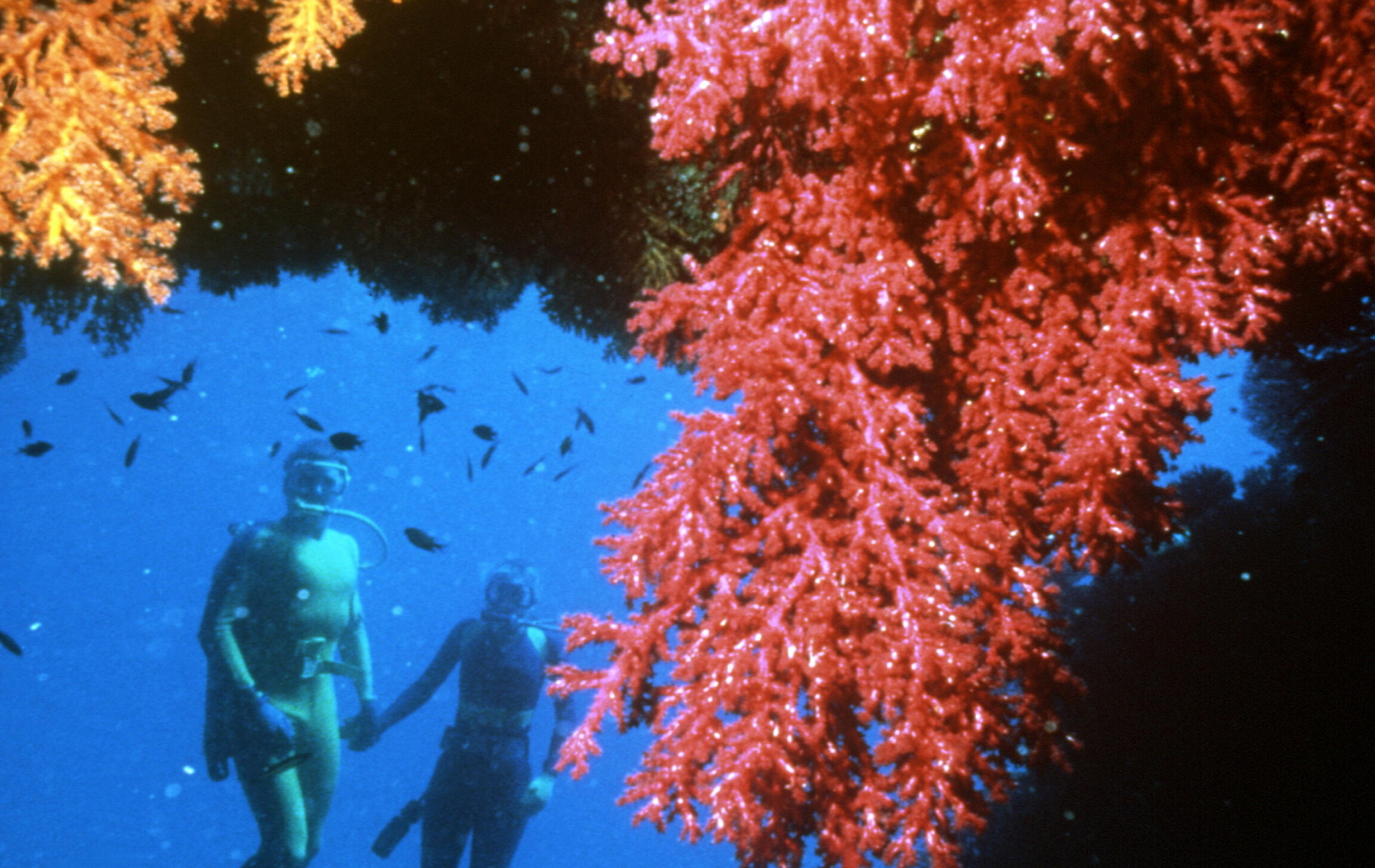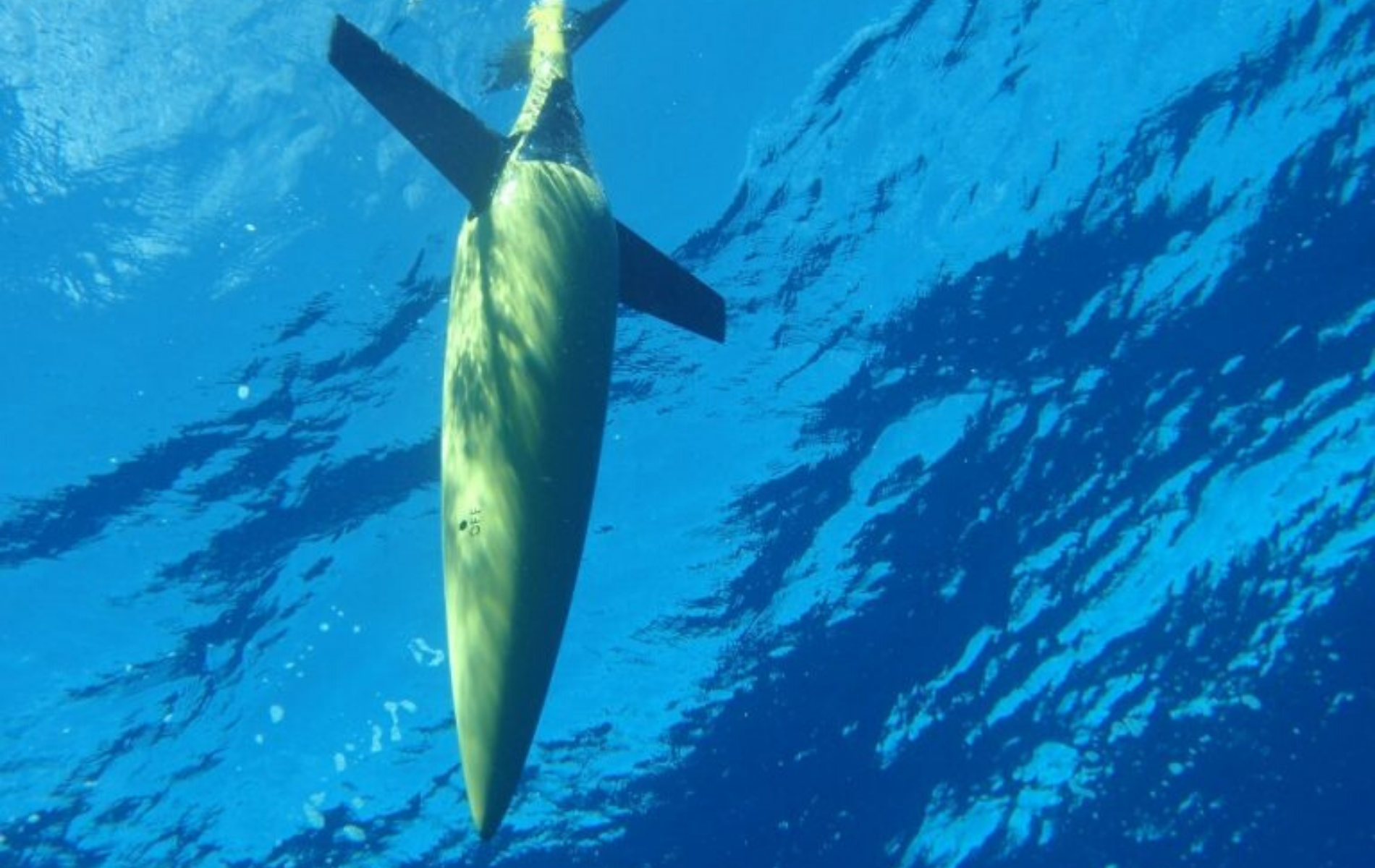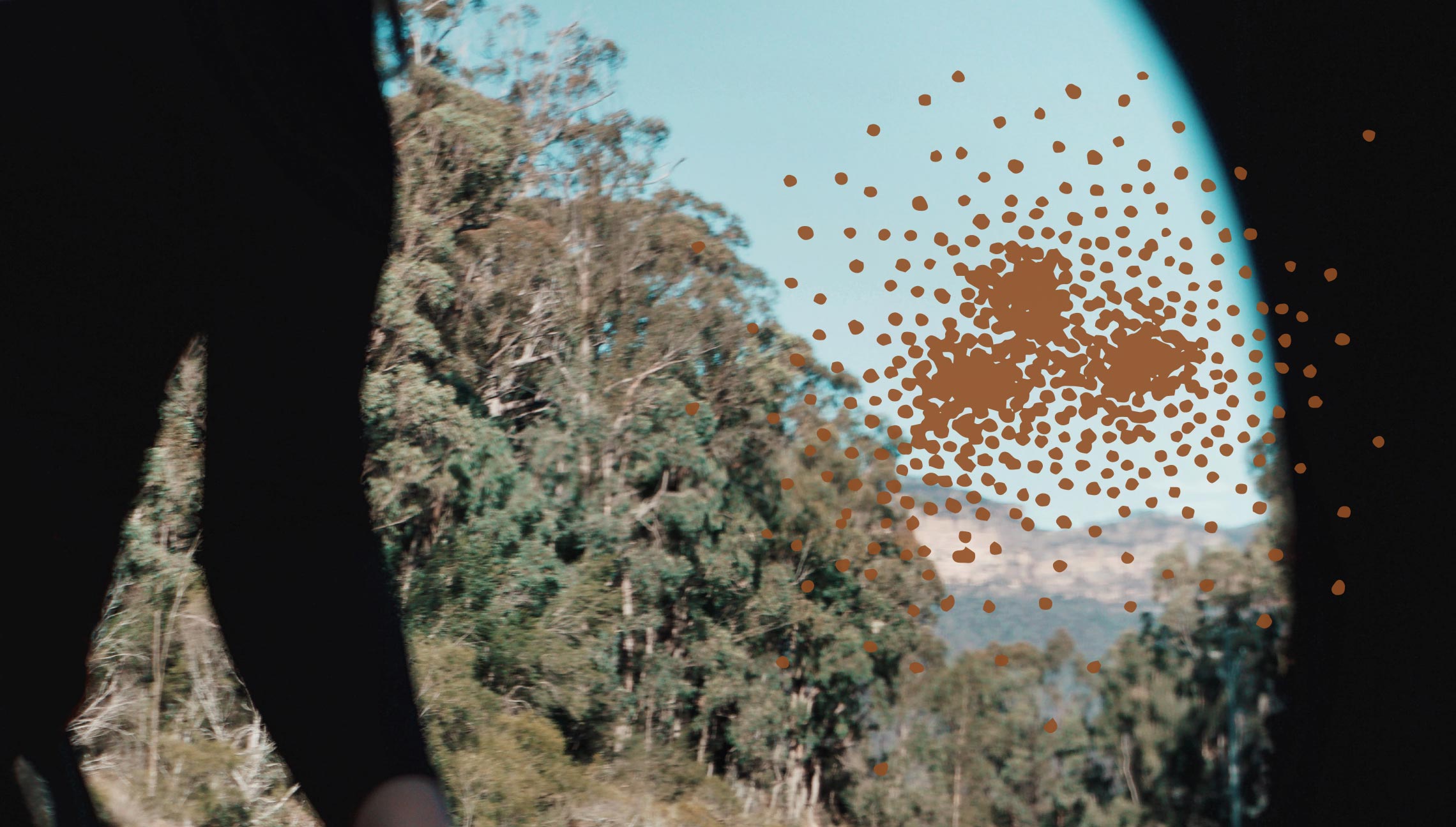The 3Ai approached the Australian Institute of Marine Science (AIMS) in late 2018 with a proposal to research and evaluate the emerging cyber-physical systems (CPS) the AIMS is pursuing to monitor the health of the Great Barrier Reef (GBR). The primary aim of the research is to provide new insights and answers into how autonomous systems are being designed, built, and managed.

The GBR Marine Park is one of the world’s largest marine protected areas and Australia’s iconic world heritage site. Proper management and protection of the GBR requires continual monitoring across an area the size of Italy in conditions that are often challenging. Current monitoring methods rely heavily on manual data collection and processing with only limited automated collection systems.
The emergence and proliferation of a new generation of CPS has opened up many opportunities for exploring transformational changes to the way data on the health of the GBR is collected and processed. AIMS propose to embrace this new way of thinking by increasing their use of autonomous vehicles for data collection throughout the entire GBR environment, above and below water, without increasing human involvement.

What sparked this project#
We wanted to dive in (no pun intended!) to how autonomous systems are being designed, built and managed.
How does it connect to the broader context?#
AIMS proposal questions the current practice of using manually collected information as these approaches can be slow, expensive, and limited by safety concerns. Instead, the new generation of autonomous vehicles they propose to use would increase the cost-effectiveness, timeliness, and extent of health-related GBR data collection.
By employing this technology, the target is to double the yearly information output at half the unit cost in half the time. They plan to measure and monitor GBR health using a wide variety of sensors, automatically uploading the collected data for processing, analysis and distribution. These systems offer a new way of thinking about monitoring and reporting and the results of this project will help AIMS lead the innovation frontier, and build the capabilities for the future of the GBR.
A sea-glider at work#

What was the Aha! moment?#
This project is an exciting exploration into a new wave of science.
It is an opportunity to redefine traditional human roles in data collection and analysis for marine science. Delving into perceptions of the role technology will play in marine science has been insightful. It’s interesting to see how perceptions can transform depending on experience. This project has been an opportunity to study the potential implementation of CPS and how this transition can shape an organisation.
We are still at an early stage in this project but are excited to build on this research in future.
With thanks to 3Ai Research Fellow Zena Assaad for capturing this snapshot. Research for this project is still underway and we will endeavour to update this page regularly with new developments.
Find out more about the work of the Australian Institute of Marine Science.
